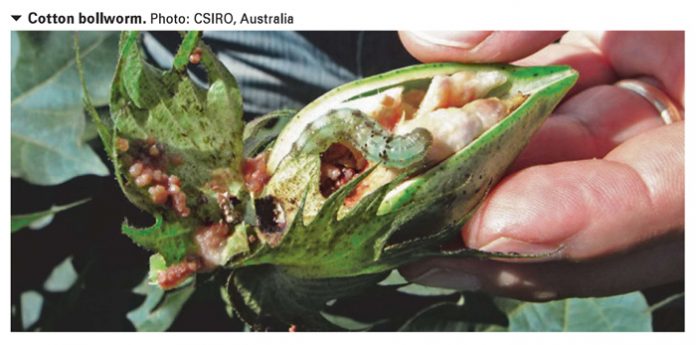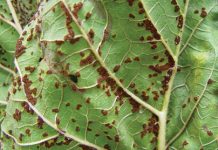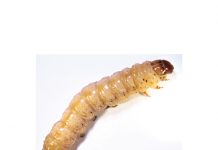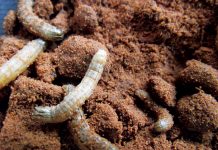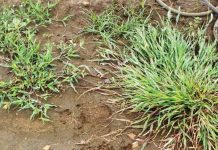September 2018
DR WYNAND J VAN DER WALT, FoodNCropBio Consulting and member of Maize Forum Steering Committee
The plant pest environment contains endless pathogens that can mutate, interact with other insects and microbes and can cause massive damage to crops. Science has brought us genetically modified crops, chemical pesticides, fertilisers and beneficial microbes to boost plant growth. Yet, we need to monitor what is happening in other continents.
Origin of new hybrid pest
The sudden increase in worm infestation of crops in Brazil caused scientists at the Australian Commonwealth Scientific and Industrial Research Organisation (CSIRO) to respond quickly and the outcome was identification of Helicoverpa bollworms in cotton, as well as Heliothis maize earworms species and Spodoptera (fall army worm or herfskommandowurm), which contains some 37 species.
Two primary insect pests were cotton bollworm and American ear worm; and cotton bollworm is the number one quarantine pest. Together they can cause billions of dollars’ damage to field crops globally. CSIRO had already started analysing the genetic make-up of the worms and their moths a year ago and then completed this process for both pests (known as sequencing the genome).
Surprisingly, they found that the two species had interchanged genes to produce a hybrid pest. Moreover, these hybrid insects are mobile and fly in groups, i.e. hybrid swarms that contain different genetic combinations. Mr Robert Cheke in the United Kingdom also points out that continuous pesticide use on crops killed targeted pests, but with GMOs that required much less pesticides, different pests came in.
Estimates of potential impact
The most exposed country seems to be the USA with their extensive cotton and maize fields and their relatively close presence to the hybrid pest in Latin America. In most of the worm studies in Brazil almost every worm was a hybrid. Considering that bollworm has some 100 host plants on which they feed and that the Australian bollworm attacks more crops and develops more resistance to pesticides than the maize earworm, according to Dr Tom Walsh, improved monitoring and countermeasures are needed in all countries that grow maize, cotton and soybeans. Mr Craig Anderson, as lead person of the CSIRO report/article, estimated that some 65% of American food production may be at risk.
Clarification of pest infestations in Brazil
According to Mss Daniela Brioshii from the Federal University, Rio Grande do Sul, Brazil, the following explanations on management of Bt crops are still relevant:
Why the sudden pest pressure in Brazil?
- Weather conditions, like drought, helped larvae survive.
- Sequential and successive planting of host crops – maize, soybeans, cotton, a common practice – provided shelter and food, breeding more larvae of the hybrid pest.
- Absence of adequate monitoring.
- Crops with Bt genes are more effective on young but less effective on older larvae.
Was Bt technology unable to control pests?
Each Bt technology is developed to control different pests and cotton bollworm H. armigera had not been present in Brazil before.
Recommendations to manage Bt crops
- Even with Bt genes constant monitoring is necessary.
- Under heavy infestation insecticides may be required.
- Integrated Pest Management (IPM) systems can maintain pest population at lower levels.
- Succession of crops is common, but insecticidal active ingredients with different modes of action must be rotated to reduce pests and worms.
- Refugia for Bt and non-GM plants are needed to retain pests susceptible to Bt proteins.
- Insecticide treatment on seeds to plant for protection.
- Use of GM plants is safe and effective for insect control, but can accommodate IPM with chemical, biological and cultural practices.
Bt cotton success in South Africa
Bt cotton was the first GM crop to be field-tested in South Africa in 1990. It received commercial use clearance in 1997. The potential risk of bollworm led to crossbreeding to insert a second Bt gene as precaution, then a third gene for herbicide tolerance was added.
In 2018 the technology owner of new stacked cotton genes received approval from the Department of Agriculture, Forestry and Fisheries (DAFF) for field testing. The cotton industry applied professional practices and kept up to date with improved genetic techniques. However, the fact that local cotton crops did not encounter serious bollworm infestation should not lead to complacency. The same applies to the successes in yield, crop genes for resisting maize stalk borers, and use of refugia. Modern resistance genes have served South Africa well.
It is recommended that we monitor problems in and progress on combatting new pests like hybrid insects as in Brazil. International trade in grain and seed is known to facilitate spread of pests and diseases.
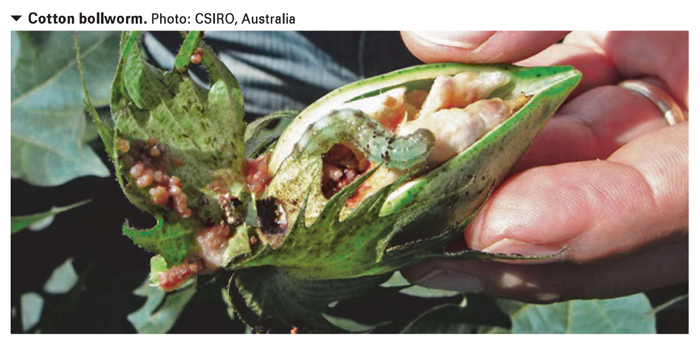
References
Anderson, CJ et al. May 2018. Hybridization and gene flow in the mega-pest lineage moth Helicoverpa. Proceedings National Academy of Science. Retrieved from: http://www.ncbi.nlm.nih.gov/pubmed.
Brioshii, D et al. January 2014. Clarifications on pest infestations in Brazil. GMO answers. Retrieved from: http://gmoanswers.com/clarifications-pest-infestations-Brazil.
Cheke, RA. July 2018. New pests for old as GMOs bring on substitute pests. Proceedings National Academy of Science. Retrieved from: http://www.ncbi.nlm.nih.gov/pubmed.
Publication: September 2018
Section: Focus on integrated pest control



